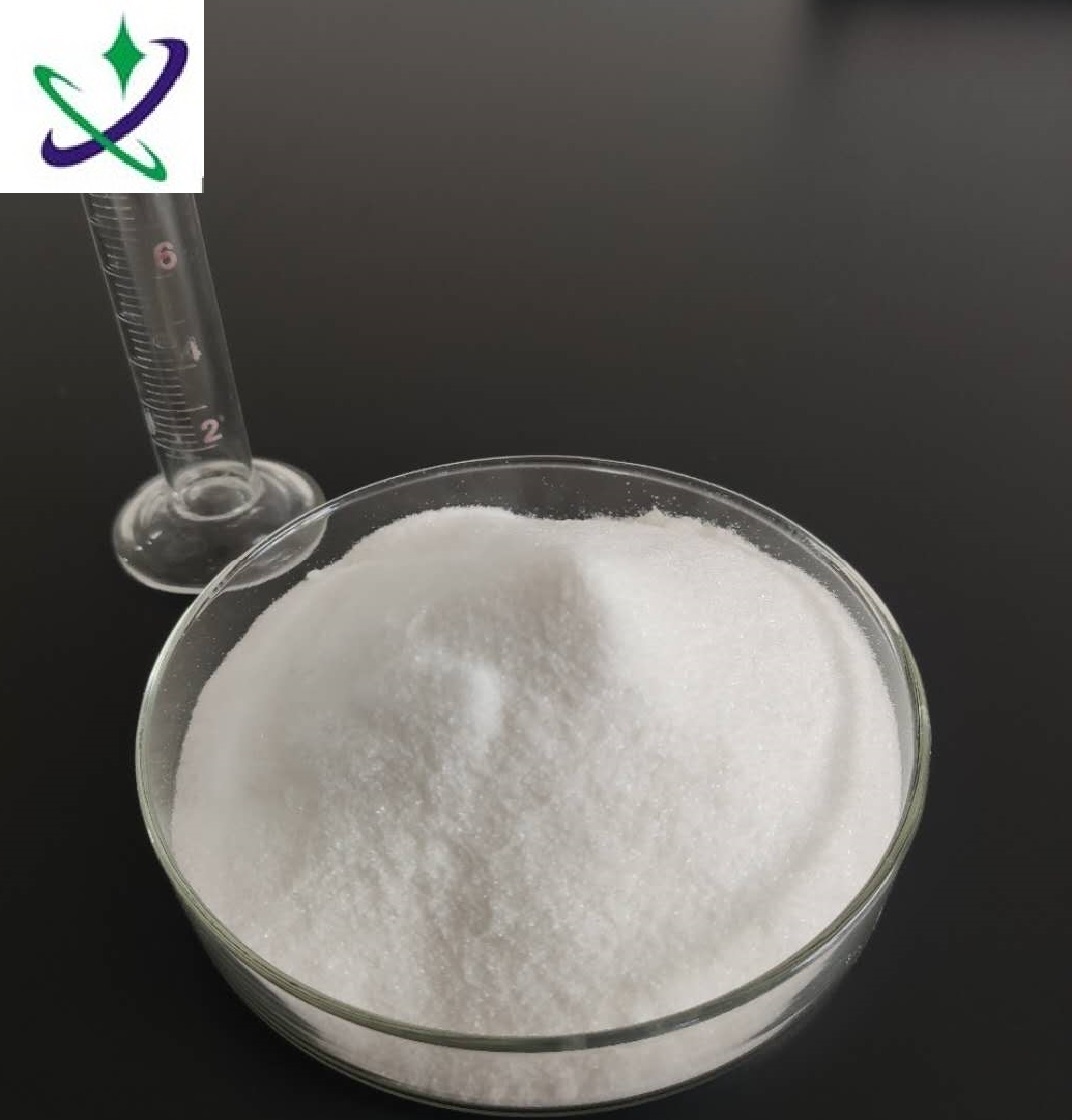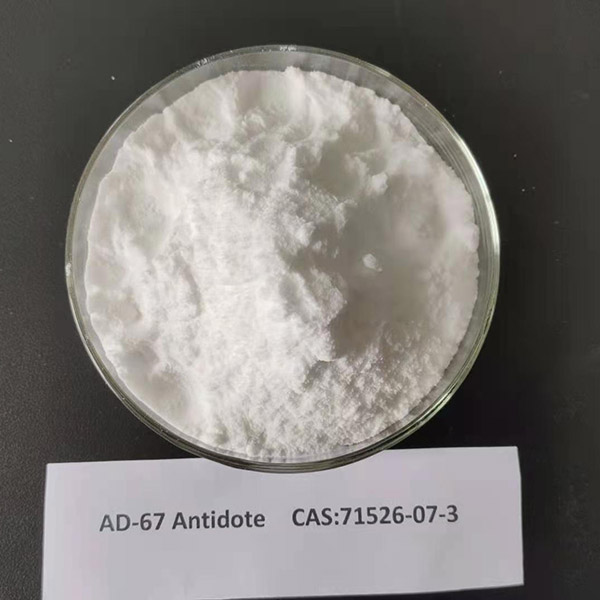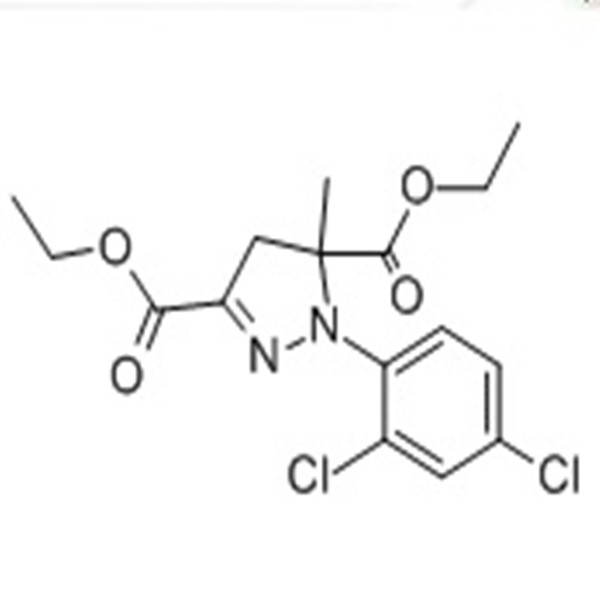Bifenthrin alcohol
Chinese name: Bifenthrin alcohol
English name: 2-methyl 2-methyl-3-biphenylmethyanol
Chinese alias: 2- methyl -3- hydroxymethylbiphenyl; 2- methyl -3- phenylbenzyl alcohol
English alias: Bifenthrin alcohol; 2-methyl-3-biphenylmethanol; 3-Hydroxymethyl-2-methylbiphenyl; (2-methylbiphenyl-3-yl)methanol
CASNo.: 76350-90-8
The molecular formula: C14H14O
Molecular weight: 198.2604
elting point: 73-76 C (Lit.)
Boiling point: 330.9 11.0 C (predicted)
Density: 1.072 0.06g/cm3 (predicted)
Storage conditions: Sealedindry,Room
Temperature solubility: Chloroform(Slightly), Methanol(Slightly) acidity coefficient (PKA): 14.28 0.10 (PCchemical bookredicted) Form: Solid Color: WhiteToOff-Whiteinchikey: BGTLHJPGBIVQLJ-UHFFFAOYSA-NCAS Database: 76350-90-8 (Casdatabasereference) EPA Chemical Information: [1,1'-biphenyl]-3-methanol, 2-methyl-(76350
Application: 3- hydroxymethyl -2- methylbiphenyl is a Grignard reagent produced by the reaction of 3- chloro -2- methylbiphenyl with magnesium metal, and then reacted with polyoxymethylene diacetate to obtain the product, which is the intermediate of insecticide bifenthrin.
Preparation: PdCl2(dppf).DCM(0.04g, 0.05mmol) was added to the stirred solution of (3- bromo -2- methylphenyl) methanol (4,1g, 5mmol) and phenylboric acid (5,1.4g, 10mmol) in toluene (12mL) and EtOH(4mL). The reaction mixture was then heated in a sealed tube at 80.degree. C. for 12 hours. The reaction mixture was filtered through celite, and the filtrate was diluted with water and extracted with ethyl acetate (2.times.100 ml). Then, the organic layer was dried and evaporated by sodium sulfate, and the crude product was purified on CombiflashMPLC using 20% ethyl acetate in hexane as eluent to obtain 3- hydroxymethyl -2- methylbiphenyl (6, yield: 0.81g, 73%) as an off-white solid.
Chemicalbook properties: This product is white crystal, m.p. 73 ~ 76℃, soluble in organic solvents such as ethanol, benzene and toluene, but insoluble in water.
Uses: 2- methyl-(1,1 ′-biphenyl) -3- methanol is the intermediate of bifenthrin.
Production method: 2- methyl-(1,1′-biphenyl) -3- methanol is produced by the reaction of 3- chloro -2- methyl biphenyl with magnesium metal to form Grignard reagent, which then reacts with polyoxymethylene diacetate to obtain the product. Adding 3- chloro -2- methylbiphenyl and tetrahydrofuran into a reactor, adding fresh magnesium metal and recovered magnesium metal, refluxing for 5 hours, adding polyoxymethylene diacetate, refluxing for several hours, cooling, post-processing, and distilling to obtain the product with a yield of 70.8%. In addition, 3- chloro -2- methylbiphenyl can be used as raw material to react with cuprous cyanide in the presence of pyridine to produce 3- cyano -2- methylbiphenyl, which is first reduced to 2- methyl-biphenyl -3- formaldehyde, and then further reduced to 2- methyl-(1,1′-biphenyl) -3- methanol. Alternatively, 2- methyl -3- nitrobenzyl alcohol can be used as raw material, which is hydrogenated and reduced to 2- methyl -3- aminobenzyl alcohol, and then subjected to SanderMayer reaction in the presence of sodium nitrite, potassium iodide and copper powder to generate 3- iodo -2- methylbenzyl alcohol, which then reacts with benzene to generate 2- methyl (1,1′-biphenyl)-in a photoreactor under the irradiation of ultraviolet lamp.











